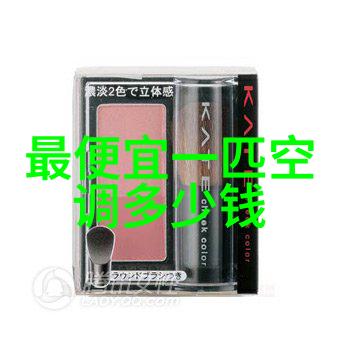HDPE管市场概述

HDPE(高分子聚乙烯)管材是一种广泛应用于建筑、工业和农业等领域的塑料管材,其优良的耐腐蚀性、耐压强度和易于加工等特点使其成为现代工程建设中不可或缺的一部分。随着经济发展,HDPE管在全球范围内被越来越多地使用,因此,对其价格的关注也日益增加。
HDPE管价格影响因素

(a) 原材料成本
HDPE管制造过程中,原材料——聚乙烯粉—is the most significant cost component. The price of raw materials is influenced by factors such as global supply and demand, production costs in different regions, and fluctuations in the prices of oil, which is a primary feedstock for producing ethylene.

(b) 制造工艺与技术水平
The manufacturing process plays a crucial role in determining the final cost of HDPE pipes. Different manufacturers may have varying levels of technology and efficiency, leading to differences in production costs.

生产地区差异对价格影响
(a) 地理位置与运输成本

Production locations can significantly affect transportation costs due to differences in distance from markets and infrastructure development.
(b) 政策环境与生产条件
Local government policies on environmental protection, labor laws, taxes, etc., can also impact production costs directly or indirectly.
市场需求变化对价格的影响
Market demand for HDPE pipes fluctuates based on various factors including economic growth rates, construction activities across different sectors like residential buildings and infrastructure projects.
产品规格与尺寸对价格差异分析
Different sizes and specifications of HDPE pipes are designed for specific applications with varying requirements for strength pressure resistance durability corrosion resistance etc., thus influencing their respective prices.
价格波动趋势预测分析
Analyzing historical data on market trends pricing strategies competition among suppliers along with other external factors enables us to forecast future price movements accurately helping businesses make informed decisions about procurement inventory management etc.
结论及建议
In conclusion it is evident that multiple interconnected factors contribute to the determination of an accurate one-meter price tag associated with high-density polyethylene pipes understanding these variables will help both buyers sellers navigate complex market dynamics effectively making strategic decisions while ensuring optimal returns on investments within this highly competitive industry sector.
8 后续研究方向探讨
Future studies could delve deeper into exploring regional disparities between developed countries developing nations; examining long-term effects climate change has on raw material extraction processing distribution; investigating potential environmental benefits derived from adopting more efficient manufacturing techniques alongside evaluating opportunities presented by emerging technologies such as recycling innovations that could reshape not only pricing structures but overall sustainability landscape within this domain



